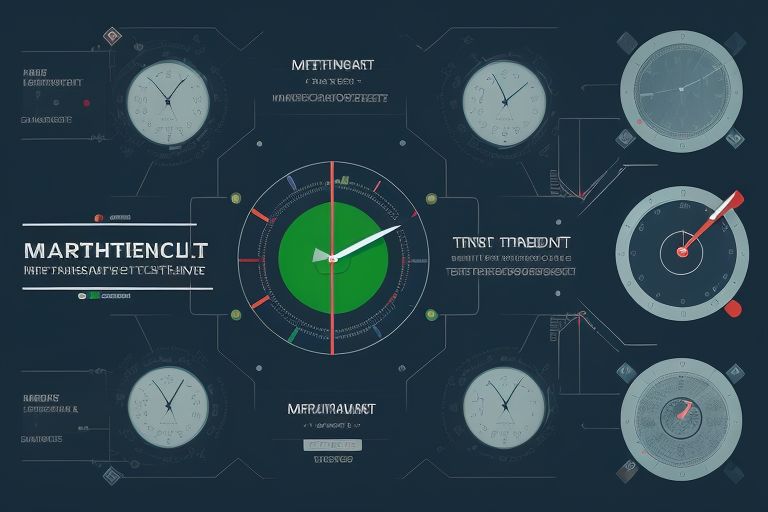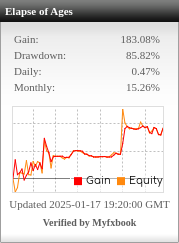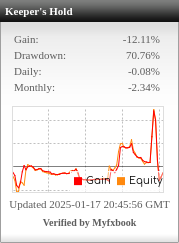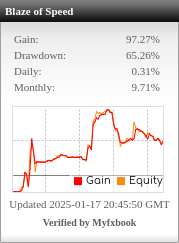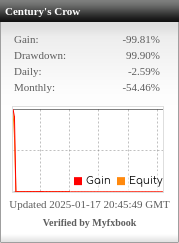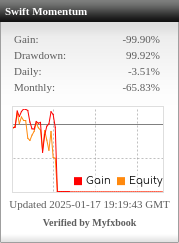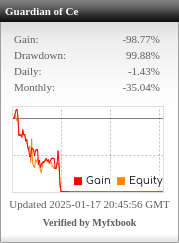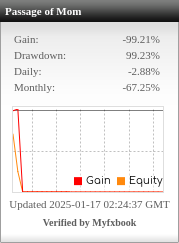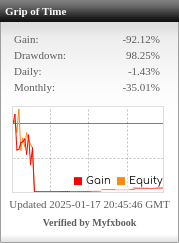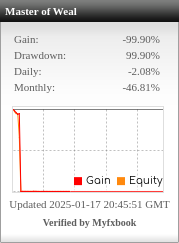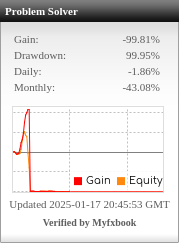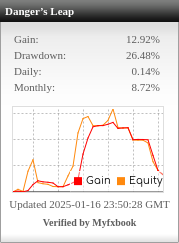
You have 400 prototypes with different exit rules, including daily at 2300, Friday at 2340, and no fixed exit, but positions shouldn’t last over 10 days. All are based on H1 and H4. The plan for testing other timeframes involves sequential optimization by adjusting parameters by plus 30% and minus 30%, in 10 steps, and trying out M30 and H4, M15 and H4, and M5 and H4.
This approach could effectively stress test the strategies, though it’s crucial to consider risks since lower timeframes come with more noise. Testing adaptability is essential; if strategies succeed on M5, it’s a strong indicator, but tighter stop losses and take profits are necessary as timeframes decrease. Volatility and execution speed are concerns, with potential slippage affecting performance in live trading. Careful risk management could lead to finding exceptional results.
Sequential optimization should be set up to identify which prototypes manage well under pressure, focusing on consistency across various timeframes. Key points include the importance of psychological aspects in trading, discipline, and the potential for automated trading while ensuring adaptability to market changes. After setting up the sequential optimization, carefully analyzing results for patterns and refining strategies is crucial for sustainable trading. Flexibility and a willingness to explore new ideas are emphasized, with a thought-provoking question posed about how trading strategies would perform in a rapidly changing market.

